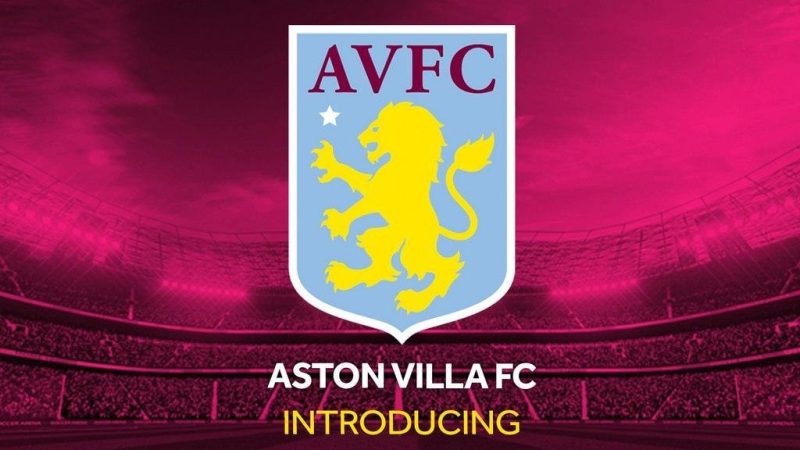The Los Angeles Stadium represents a groundbreaking achievement in modern architecture and urban sports entertainment. Nestled in the heart of Inglewood, California, this colossal venue is not just a stadium; it is an ambitious project that aims to reshape the landscape of professional sports and entertainment in the United States. From its design concept to its impact on the local community, the Los Angeles Stadium deserves an in-depth exploration to understand its significance fully 69VN
The design and construction of the Los Angeles Stadium are testaments to human creativity and engineering prowess. This section delves into the architectural aspects that make this stadium a beacon of modernity.
Visionary Design
The first aspect that strikes visitors about the Los Angeles Stadium is its visionary design. The architecture seamlessly marries functionality with aesthetic appeal.
The stadium’s shape and structure were inspired by the natural beauty of Southern California. Its roof is designed to resemble a floating canopy, allowing for natural light to illuminate the interior while providing shelter from the elements. The open-air design creates a unique atmosphere, bridging the gap between indoor comfort and outdoor charm.
Architectural firms collaborated extensively to ensure that every angle and element of the stadium serves a purpose while captivating visitors. The incorporation of sleek lines, expansive glass panels, and sustainable building materials embodies a forward-thinking ethos, aligning perfectly with the environmental sensitivities of today’s society.
Innovative Technology
Within the realm of sports architecture, technology plays a crucial role, and the Los Angeles Stadium pushes these boundaries further than ever before.
One standout feature is the state-of-the-art video board, which is one of the largest in the world. Spanning the length of the field, this enormous screen provides fans with immersive replays, game statistics, and engaging visual experiences. This enhances the overall enjoyment of live events, keeping spectators entertained even during downtime.
Additionally, sound technology has been meticulously integrated into the stadium’s design. The acoustic engineering allows for optimal sound distribution, ensuring that cheers and announcements resonate evenly throughout the venue. This attention to detail enables a more connected experience between players and fans, fostering a vibrant atmosphere during games.
Sustainable Practices
In an era where climate change is a pressing concern, sustainability has become a key focus in modern construction. The Los Angeles Stadium exemplifies sustainable practices, aiming for LEED certification.
Energy-efficient systems have been installed, including solar panels that harness California’s abundant sunshine. These panels help power facilities within the stadium, reducing reliance on non-renewable energy sources. Additionally, rainwater harvesting systems have been incorporated, ensuring that water usage is minimized and responsibly managed.
Sustainable transportation options have also been prioritized, with public transit links and bike-friendly pathways designed to encourage eco-friendly travel to and from events. This commitment to sustainability sets a precedent for future stadiums and encourages a culture of environmental consciousness among fans.

